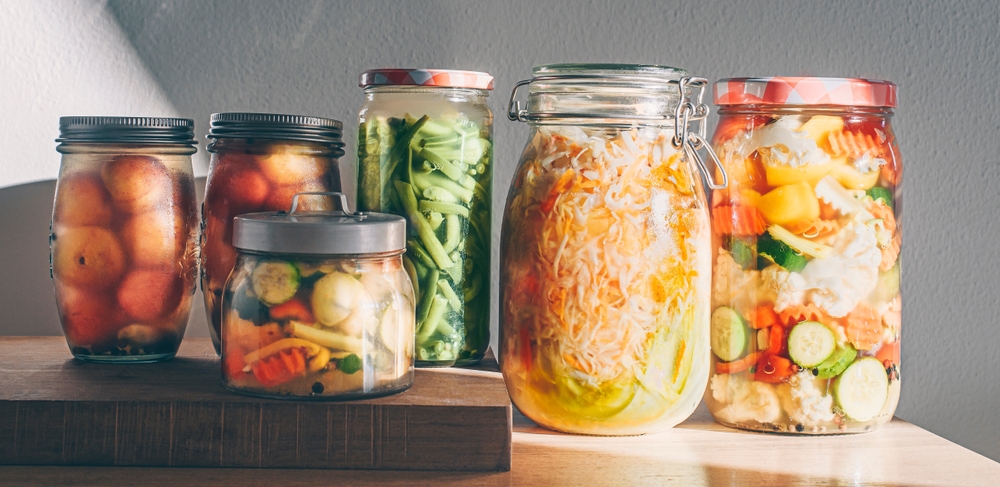Global Street Snacks: Techniques Adaptable for Home Cooks
Street snacks from around the world offer compact lessons in flavor balance, efficient technique, and resourceful use of ingredients. Home cooks can translate these ideas into approachable recipes that emphasize fermentation, seasonality, plant-based options, and mindful packaging. This article outlines practical methods to adapt street-food techniques for everyday snacking, mealprep, and beverage pairing while considering nutrition and sustainability.

How can cuisine techniques be adapted at home?
Street cuisine thrives on simple equipment and bold flavors. To adopt these techniques, focus on mastering a few core methods—grilling, pan-frying, steaming, and shallow-frying—so you can recreate textures that define many snacks. Use small-batch recipes that scale for singles or families and rely on pantry staples like rice, flatbreads, and legumes. Keep a basic spice kit to replicate regional profiles and practice quick assemblies: a starch, a spiced protein or legume, pickled or fermented veg, and a finishing sauce. These building blocks make it easy to turn recipes into repeatable, adaptable snacks.
What fermentation methods suit home cooks?
Fermentation is central to many classic street snacks—kimchi, pickles, dosa batter, and tangy chutneys add complexity and shelf life. Start with low-risk ferments: quick lacto-fermented vegetables in jars, simple yogurt cultures, or kombucha and water kefir with starter cultures. For batters and doughs, controlled sourdough or dosa fermentation uses ambient temperatures and predictable timing. Safety matters: use clean equipment, monitor for off-odors or mold, and follow tested recipes. Fermentation elevates flavor, improves nutrition through probiotics and bioavailability, and offers multiple uses across snacks and beverages.
How to use seasonality and sustainability in snacks?
Seasonal produce reduces cost and increases flavor, so shape recipes around what’s fresh in your area. Market tomatoes, late-summer corn, winter squash, or spring greens can become fillings, salsas, or skewers. Sustainability extends beyond ingredients: minimize single-use packaging by using reusable containers for mealprep and compost peels and trimmings. Plan snacks that repurpose parts of meals—roasted vegetable scraps can become spreads, and vegetable stems make flavorful broths. Embrace local suppliers and seasonal rhythms to make snack prep both eco-friendlier and more flavorful.
What beverage and pairing ideas complement snacks?
Pairing snacks with beverages—sweet, acidic, bitter, or effervescent—enhances enjoyment and echoes street-food traditions. Nonalcoholic options like spiced iced tea, ayran, or shrub-based sodas balance richer fried or spiced bites, while light beers, ciders, or simple spritzes can complement grilled skewers. For plant-based snacks, consider tangy fermented beverages such as kombucha or lightly sweetened ginger beer to cut greasiness. When planning pairings, match intensity: bold spices call for cooling or acidic drinks; delicate flavors suit mild, subtly flavored beverages.
How to plan mealprep and leftover-focused snacking?
Street-food logic often centers on efficiency and repurposing—apply the same for mealprep. Cook grains and legumes in batches, roast versatile vegetables, and prepare a base sauce or spice blend to transform components into multiple snacks. Leftovers can be reimagined: roasted chicken becomes filling for tacos, steamed greens fold into savory pancakes, and cold rice turns into fried rice or crispy cakes. Store components separately to preserve texture, and portion for quick assembly to make weekday snacking both varied and nutritious.
How to make plant-based snack recipes with spices?
Many street snacks are naturally plant-forward; replicating their appeal relies on texture and spice layering. Use pulses, tofu, tempeh, or mushrooms for hearty bases, and employ techniques like marinating, pressing, and quick searing to create bite-sized satisfaction. Build flavor with toasted spices, umami-rich pastes (miso, tahini, fermented chilies), and acid finishes. Incorporate snacking spices—smoked paprika, cumin, coriander, turmeric, and chile flakes—responsibly to avoid overpowering. Textural contrasts—crispy coatings, creamy dips, and pickled crunch—make plant-based snacks compelling.
Conclusion
Adapting global street-snack techniques for home kitchens focuses on mastering a small set of methods, embracing fermentation and seasonality, and planning for mealprep and sustainable practices. Thoughtful pairings and spice-driven flavor layering can convert simple ingredients into memorable bites. Whether experimenting with quick ferments, reworking leftovers, or crafting plant-based recipes, these approaches make international snack ideas practical and enjoyable for everyday home cooking.





